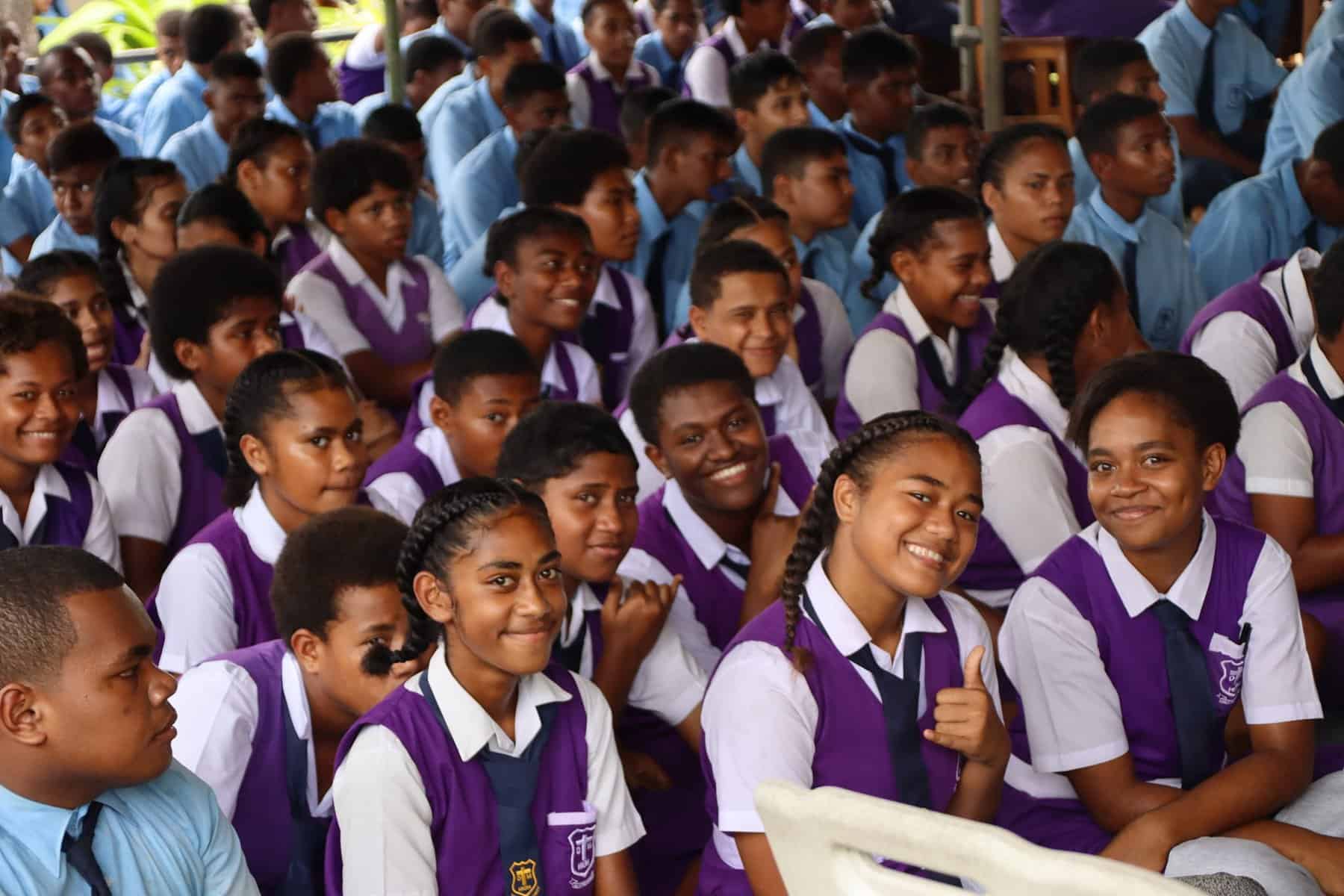Pacific Island teachers are satisfied and proud of their work, but many of them have high stress levels.
This is one of the newly-released findings of the Pacific Islands Literacy and Numeracy Assessment (PILNA) for 2021.
PILNA, which measures numeracy and literacy in Year 4 and Year 6 students in 15 Pacific island countries, found that while 95% of teachers were frequently satisfied with their jobs, only 75% of them were satisfied with their salaries . . .
Please Subscribe to view full content...

One Comment “WHO: Pacific islands facing a bumpy road toward the ‘Healthy Islands’ vision”
Comments are closed.